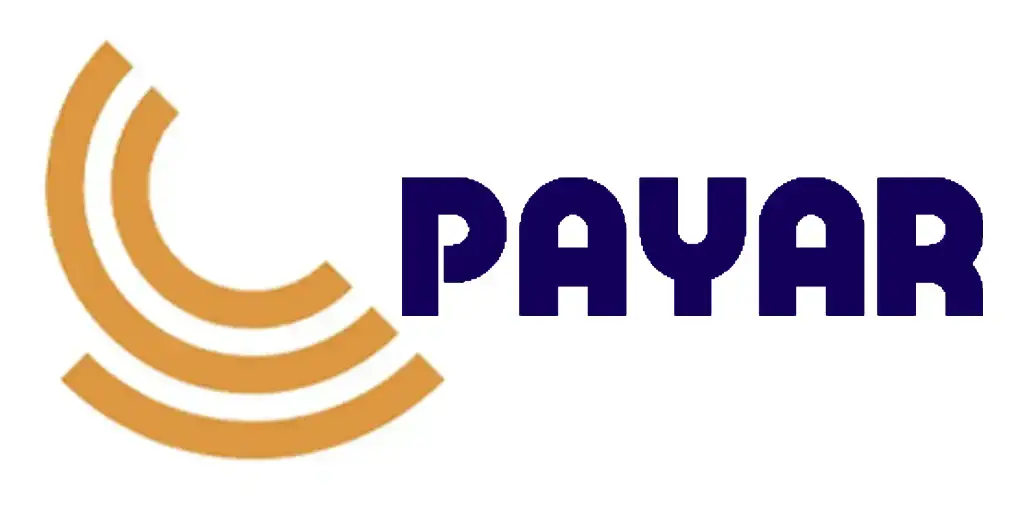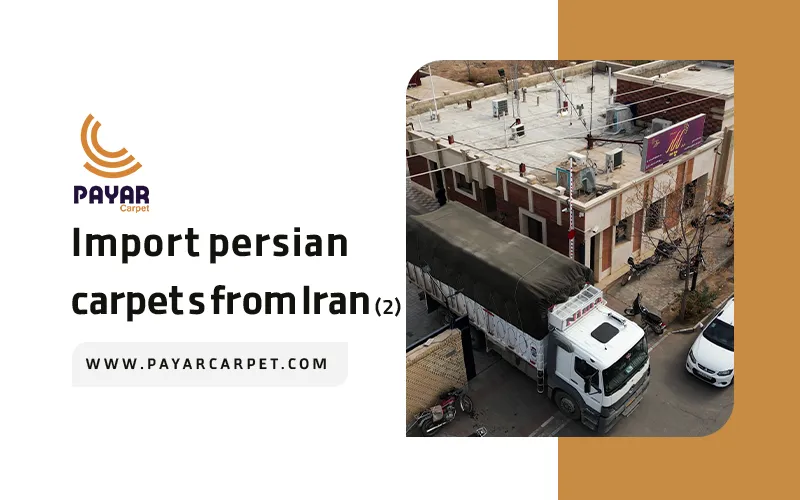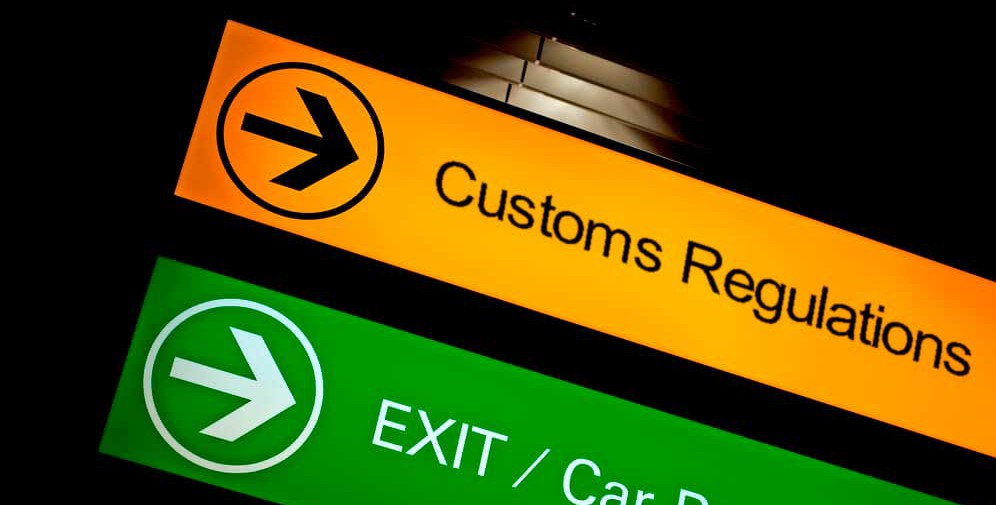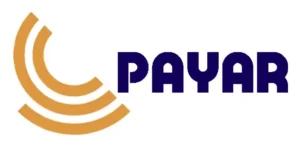Import persian carpets from Iran(2)
Customs and Import Regulations:
Importing Persian carpets involves navigating various customs and import regulations to ensure compliance and smooth entry into your target market. Here’s a comprehensive guide to help you understand the necessary steps:
Research Import Regulations
Sanctions and Trade Restrictions:
Check for any sanctions or trade restrictions against importing goods from Iran. Some countries have specific embargoes that affect the import of Persian carpets.
Import License:
Determine if an import license or special permits are required to import Persian carpets. This can vary by country and type of goods.
Documentation Requirements
Commercial Invoice:
Ensure the commercial invoice includes detailed information about the transaction, such as the seller and buyer’s details, description of the goods, value, and terms of sale.
Certificate of Origin:
Obtain a certificate of origin from the supplier to prove that the carpets are made in Iran. This document is crucial for customs clearance.
Bill of Lading or Air Waybill:
Prepare a bill of lading (for sea shipments) or an air waybill (for air shipments) that details the shipping arrangements and the goods being transported.
Packing List:
Prepare a packing list that provides details about the shipment’s contents, including the dimensions, weight, and quantity of the carpets.
Import Declaration:
Submit an import declaration to your country’s customs authority, declaring the nature and value of the imported goods.
Customs Duties and Taxes
Tariff Classification:
Determine the correct Harmonized System (HS) code for Persian carpets. This code classifies the goods and determines the applicable duties and taxes.
Import Duties:
Calculate the import duties based on the tariff classification. Import duties vary by country and can be a percentage of the goods’ value.
Value-Added Tax (VAT) and Sales Tax:
Be prepared to pay VAT or sales tax on the imported carpets. This tax is usually calculated as a percentage of the combined value of the goods and import duties.
Compliance with Health and Safety Standards
Material Safety:
Ensure the carpets comply with any health and safety regulations regarding textile imports. This may include requirements for fumigation or treatment to prevent pests and diseases.
Labeling Requirements:
Check for specific labeling requirements, such as material composition, care instructions, and country of origin.
Logistics and Shipping
Choosing a Shipping Method:
Decide on the most suitable shipping method (air, sea, or land) based on cost, time, and the nature of the goods.
Freight Forwarder:
Consider hiring a freight forwarder who is experienced in handling carpet imports.
Insurance:
Obtain insurance for the shipment to cover any potential damage or loss during transit.
Customs Clearance
Customs Broker:
Engage a customs broker to help with the customs clearance process. They can ensure that all documentation is correct and assist with paying duties and taxes.
Inspection:
Be prepared for customs inspections. Ensure all documentation is readily available and the goods are correctly declared and described.
Post-Import Compliance
Record Keeping:
Maintain detailed records of all import transactions, including invoices, certificates, and customs declarations. This is important for audits and compliance verification.
Compliance Audits:
Be aware that customs authorities may conduct audits to ensure compliance with import regulations. Keep your records organized and accessible.
Distribution and Marketing:
Distributing and marketing Persian carpets effectively involves a strategic approach to reach the right audience, showcase the unique value of the carpets, and create a strong brand presence. Here’s a comprehensive guide:
Distribution Channels
Retail Stores:
Boutique Stores: Open your store specializing in Persian carpets, providing a curated experience for customers.
Department Stores: Partner with high-end department stores to feature your carpets in their home decor sections.
Online Sales:
E-commerce Website: Create a user-friendly website showcasing your carpets with high-quality images, detailed descriptions, and an easy purchasing process.
Marketplaces: List your carpets on platforms like Amazon, Etsy, and eBay to reach a broader audience.
Wholesale Distribution:
Sell bulk to interior designers, furniture stores, and other retailers who can sell to end consumers.
Trade Shows and Exhibitions:
Participate in home decor and interior design trade shows to showcase your products to industry professionals and potential customers.
Marketing Strategy
Branding:
Brand Identity: Develop a strong brand identity that reflects the luxury and heritage of Persian carpets.
Storytelling: Use storytelling to convey your carpets’ history, craftsmanship, and cultural significance.
Digital Marketing:
Content Marketing: Create blog posts, videos, and infographics about Persian carpet history, care tips, and interior design ideas.
Advertising:
Online Advertising: Use Google Ads, Facebook Ads, and Instagram Ads to target potential customers based on their interests and demographics.
Print Advertising: Advertise in home decor magazines and lifestyle publications that cater to your target audience.
Influencer Marketing:
Collaborate with interior design influencers and bloggers to feature your carpets in their home decor projects and social media posts.
Customer Engagement
Customer Service:
Provide excellent customer service to build trust and loyalty. Offer personalized assistance, easy returns, and responsive support.
Educational Content:
Educate customers about the unique qualities of Persian carpets, including the different types, materials, and designs.
Loyalty Programs:
Create a loyalty program to reward repeat customers with discounts, special offers, and exclusive access to new collections.
Partnerships and Collaborations
Interior Designers:
Partner with interior designers who can recommend your carpets to their clients.
Hotels and Resorts:
Collaborate with luxury hotels and resorts to use your carpets in their decor, providing visibility to high-end clientele.
Art Galleries and Museums:
Partner with art galleries and museums to display your carpets as part of cultural exhibitions.
Pricing Strategy
Competitive Pricing:
Research competitors’ pricing to position your products competitively while maintaining perceived value.
Value-Based Pricing:
Price your carpets based on their unique features, such as handmade quality, intricate designs, and cultural significance.
Discounts and Promotions:
Offer limited-time discounts and promotions to attract new customers and encourage purchases.
Logistics and Inventory Management
Efficient Shipping:
Choose reliable shipping partners to ensure timely and safe delivery of carpets.
Warehousing:
Ensure proper storage conditions to maintain the quality of the carpets, including climate control to prevent damage.
Measuring Success
Analytics:
Analyze data to understand what’s working and where improvements are needed.
Sales Metrics:
Monitor critical sales metrics such as conversion rates, average order value, and customer lifetime value to measure the effectiveness of your marketing strategies.
Legal and Ethical Considerations:
When importing and selling Persian carpets, it is crucial to consider legal and ethical aspects to ensure compliance and maintain a positive reputation. Here are the key considerations:
Legal Considerations
Compliance with Trade Regulations:
Sanctions and Embargoes: Comply with any international sanctions or trade embargoes related to Iran. Some countries restrict the import of goods from Iran.
Import Licenses and Permits: Verify if you need any specific import licenses or permits to bring Persian carpets into your country.
Intellectual Property Rights:
Design Protection: Respect intellectual property rights and avoid importing carpets that infringe on copyrighted designs or trademarks.
Customs Regulations:
Correct Classification: Use the appropriate Harmonized System (HS) codes for Persian carpets to classify them correctly for customs purposes.
Accurate Documentation: Provide accurate and complete documentation, including commercial invoices, certificates of origin, and bills of lading.
Product Labeling: Ensure carpets are labeled according to local regulations, including information about materials, country of origin, and care instructions.
Advertising Standards: Adhere to truthful advertising practices and avoid misleading claims about the carpets’ quality, origin, or value.
Environmental Regulations:
Sustainable Practices: Ensure that carpet production and import comply with environmental regulations.
Ethical Considerations
Fair Trade Practices:
Fair Compensation: Ensure that artisans and workers producing Persian carpets are paid fair wages and work under fair conditions.
Avoid Exploitation: Avoid engaging with suppliers that exploit or use child labor to produce carpets.
Cultural Sensitivity:
Respect for Tradition: Recognize and respect Persian carpets’ cultural heritage and significance. Avoid altering traditional designs in ways that could be seen as disrespectful.
Transparency:
Honest Communication: Be transparent with customers about the carpets’ origins, materials, and production methods.
Ethical Sourcing: Communicate your commitment to ethical sourcing and fair trade practices.
Environmental Responsibility:
Sustainable Materials: Promote and use environmentally friendly materials and dyes in the carpets.
Eco-Friendly Practices: Encourage and implement eco-friendly production and shipping practices to reduce the environmental impact.
Social Responsibility:
Community Support: Support the communities involved in carpet weaving by investing in social projects, education, and healthcare initiatives.
Cultural Preservation: Contribute to preserving the traditional art of carpet weaving by supporting local artisans and cultural heritage programs.
Practical Steps to Ensure Compliance and Ethical Practices
Conduct Thorough Research:
Stay informed about the legal requirements and ethical standards in your country and Iran.
Regularly check for updates on trade regulations, sanctions, and environmental laws.
Choose Reputable Suppliers:
Partner with suppliers with a proven track record of ethical practices and compliance with legal standards.
Conduct audits and inspections to ensure your suppliers meet fair trade and labor standards.
Implement Ethical Policies:
Develop and enforce policies within your company that promote ethical sourcing, fair trade, and environmental sustainability.
Train your employees on these policies to ensure they are followed consistently.
Transparency and Communication:
Maintain open communication with your customers about the origins and production methods of the carpets.
Use your marketing channels to educate customers about the importance of ethical and sustainable practices.
Engage with Industry Bodies:
Join trade associations and industry bodies that promote ethical practices and sustainability in the carpet industry.
Participate in certifications and labeling programs that recognize ethical and sustainable products.
best place to buy and import persian carpets from Iran:
Payar Carpet Company is a leading Iranian exporter of high-quality handmade and machine-made carpets, offering a wide range of designs, densities, and sizes to suit diverse tastes. With a focus on quality, tradition, and global reach, Payar carpets are a perfect blend of art and craftsmanship.




